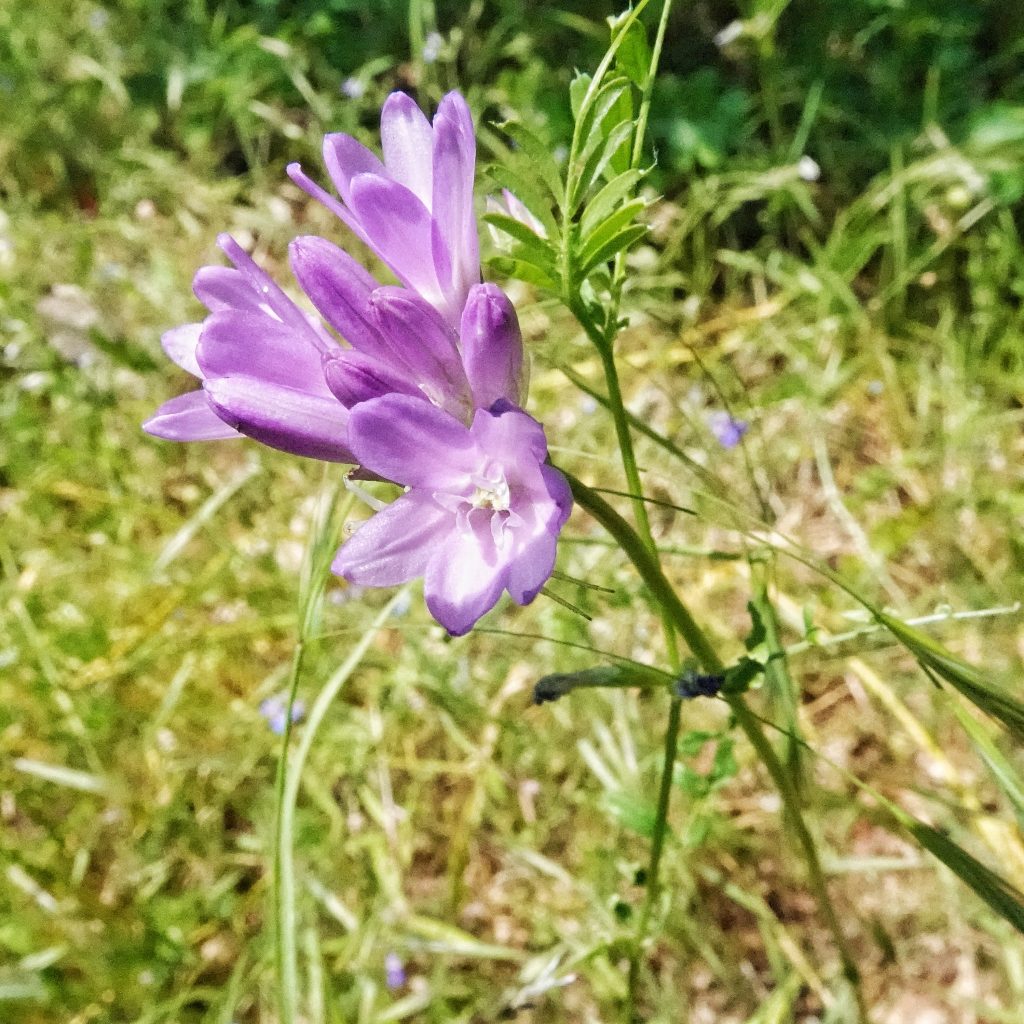
I don’t get out on nature walks with my dad very often, because I try not to inflict my inveterate futzing around trying to photograph and/or capture/collect bugs and plants on folks who do not enjoy the same obsessions. But I know that my father does have a great appreciation for beautiful places outdoors, having accompanied him on many fishing, hiking, and hunting adventures when I was a kid (and he spent his winters skiing until he was into his 70s), and now that he is midway through his ninth decade he has slowed down a bit (though not a lot), so I thought he might be amenable to walking through Lacamas Lake Park to the beautiful wildflower meadows. He was, and we set a date.
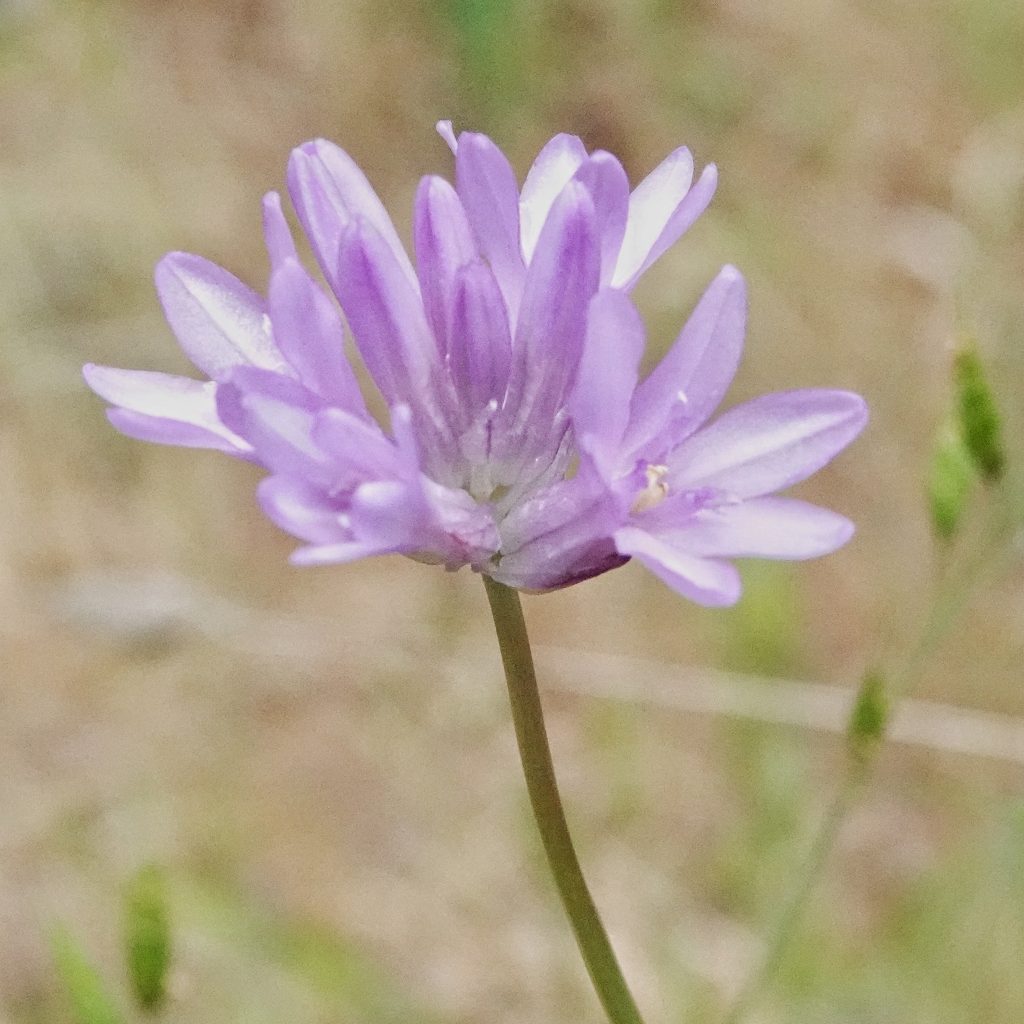
The biggest reason I wanted to get out there was that I had noticed that the Dichelostemma congestum were about to pop, and I wanted some photos, and having been out there a few times already this spring and taken dozens (alright, hundreds) of photos, I figured I could exercise restraint against the urge to stop every 11 feet to snap a picture, or peer under a log. On the previous trip I had finally confirmed that these were indeed ookow (which are now placed in the family Asparagaceae rather than Liliaceae, after suggested revisions by PF Stevens in 2012, and is also sometimes known as fork-tooth ookow, because of the split in the end of the stamens), which I had suspected because D. capitatum (blue dicks, so called as a nicking of the name Dichelostemma) isn’t known from Washington state, though because it is found just across the Columbia River in very similar habitat I had needed to confirm my identification by seeing the sharply keeled ventral surface of the leaves. Which I did.
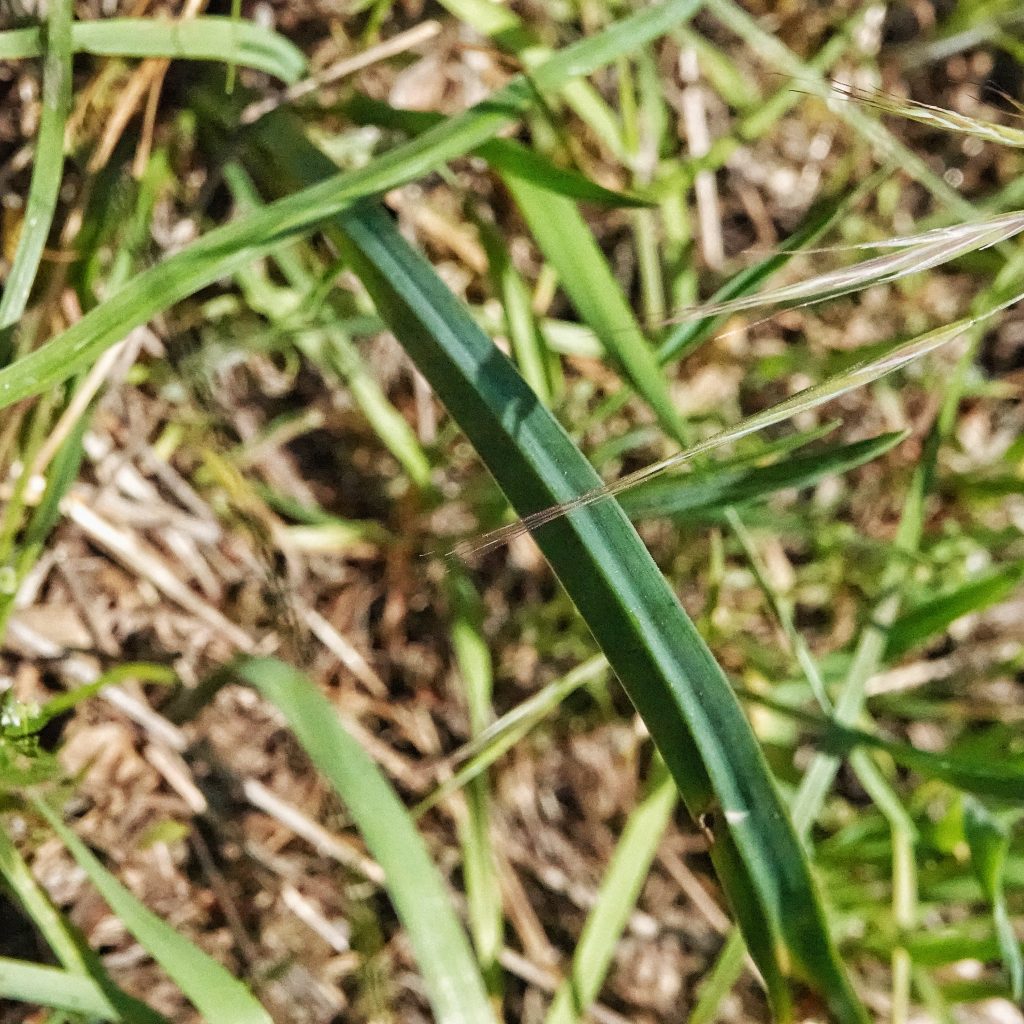
It was a glorious mid spring day, sunny but not hot (a relief after the unseasonably warm weather we had earlier in the month) and many of the beautiful little ookow flowers were opened wide. Dad was, as I’d expected, distracted enough by the beauty of the scene to have patience with my limited photography, and it was very enjoyable to share one of my favorite places in Clark County, Washington with him. And sometime soon we’ll be going back to the park to circumambulate Round Lake, the other lake in the park.
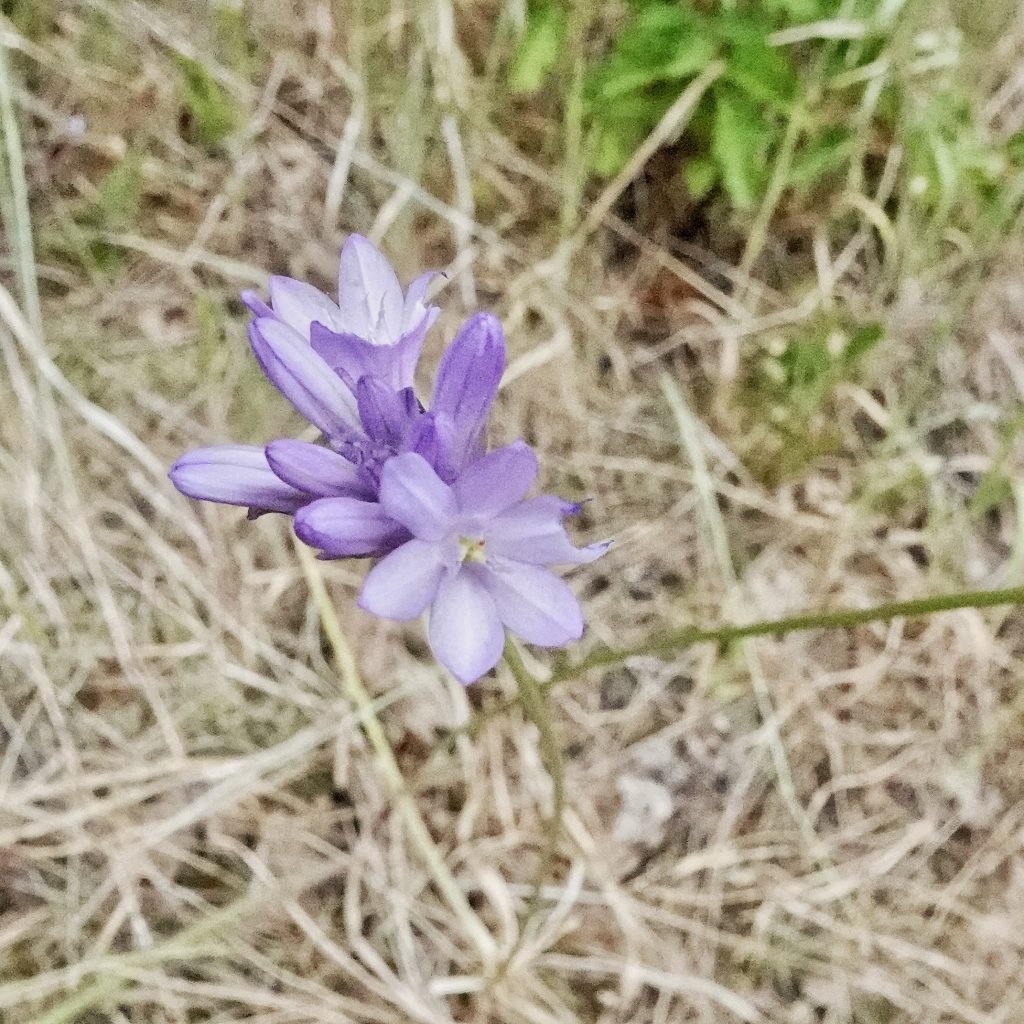
Ethnobotany– Apparently indigenous peoples roasted and ate the bulbs of this plant. An interesting article by Sharon Levy on restoration projects for ookow and other so called ‘Indian potatoes’ can be found at https://academic.oup.com/bioscience/article/69/9/689/5551511 ; oddly, there are no entries for this plant on the Native American Ethnobotany Database.
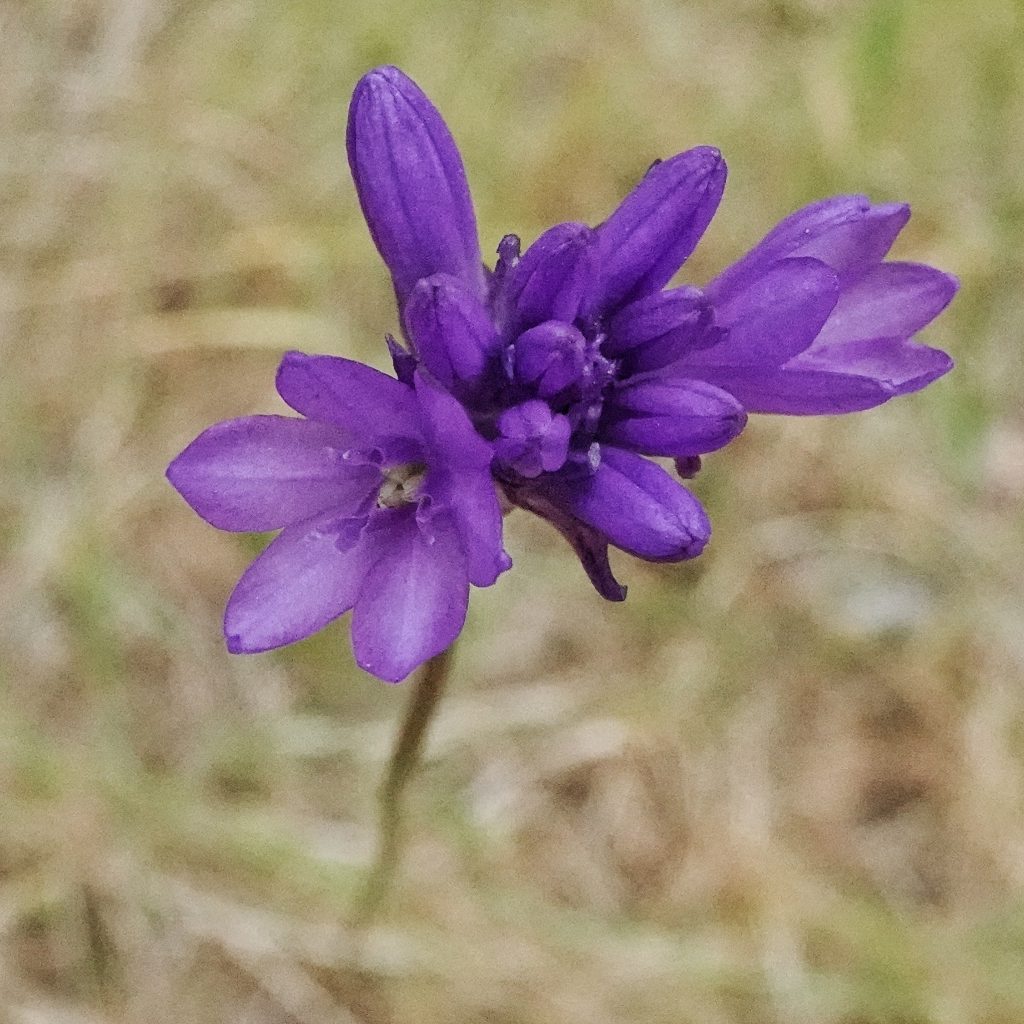
Description– “Plants 30–80 cm tall. Leaves 3–5, 20–50 cm × 4–8 mm, keeled. Inflorescences racemes, dense; bracts lanceolate; scapes curved to slightly twisted. Flowers horizontal or erect; perianth purple to bluish purple, tubes cylindrical to ovoid, 8–10 mm, lobes 8–10 mm, usually ascending, perianth appendages lanceolate, 4–6 mm, purple, leaning away from anthers, tips notched; stamens 3, equal in length, anthers 4–5 mm; style 4–6 mm.” OregonFlora Dichelostemma congestum
“Dichelostemma congestum can be recognized by its congested racemose inflorescence and deeply bifid perianth appendages that stand away from the anthers to form a corona.” Dichelostemma congestum – FNA
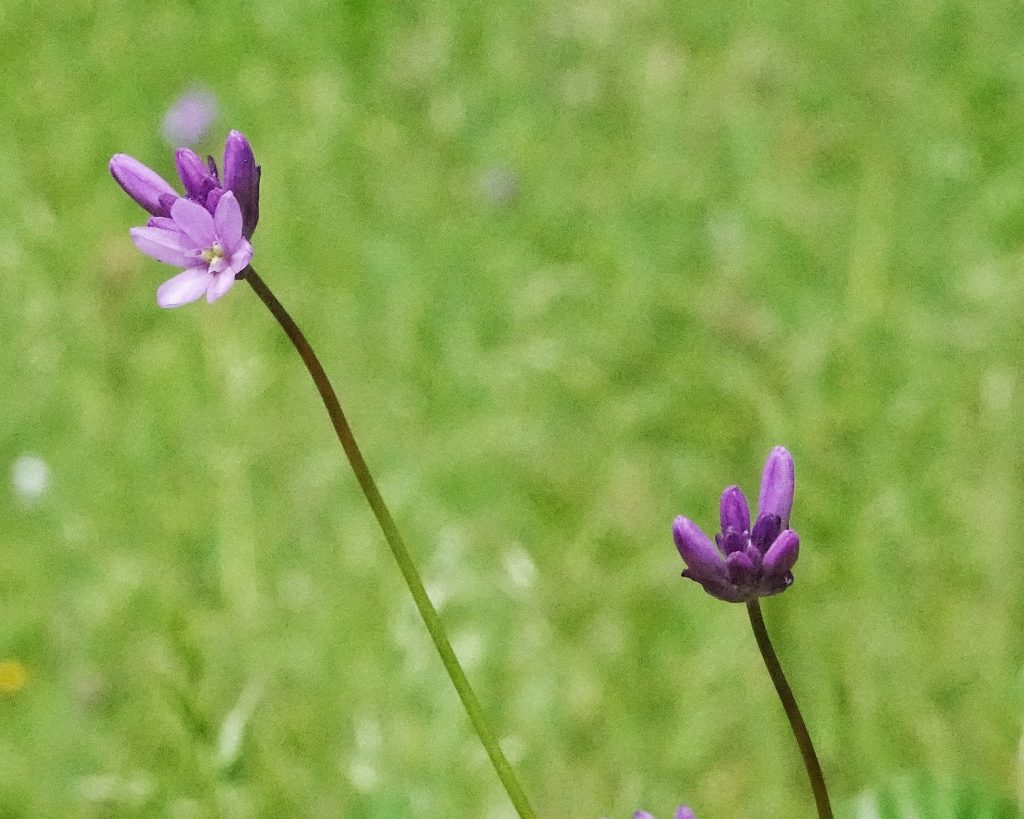
Similar species–Dichelostemma capitatum has weakly keeled leaves, and 6 stamens (although they are unequal in length); Brodiaea sp. have a much more open flower head, 6 stamens per flower (although 3 are sterile), and leaves that are unkeeled and crescent shaped in cross section; Triteleia sp. have 6 fertile stamens, and a more open flower head.
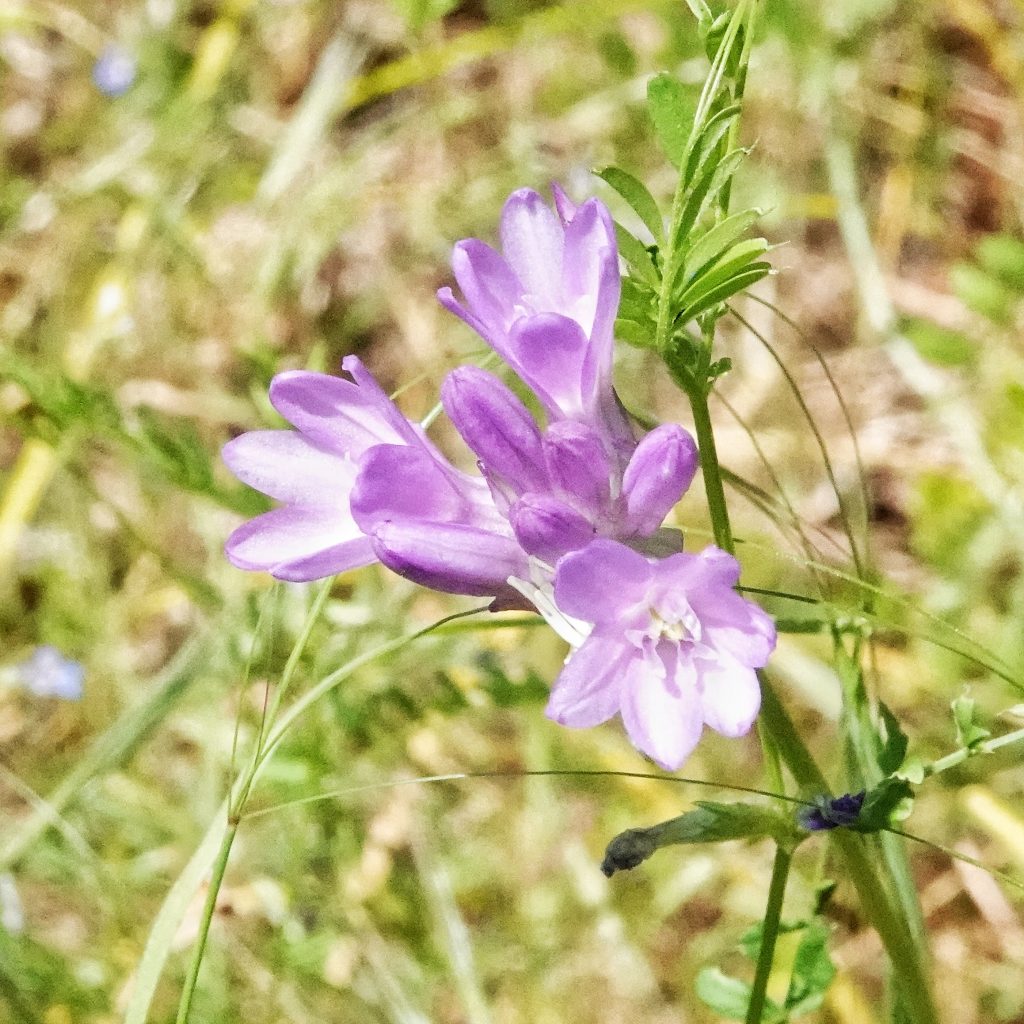
Habitat– “Grassy meadows, rocky prairies and sagebrush slopes.” Dichelostemma congestum – Burke Herbarium Image Collection
Range– Primarily west of the Cascade crest in Washington and Oregon, as well as eastward in the Columbia River Gorge, and in sw Oregon and nw California.
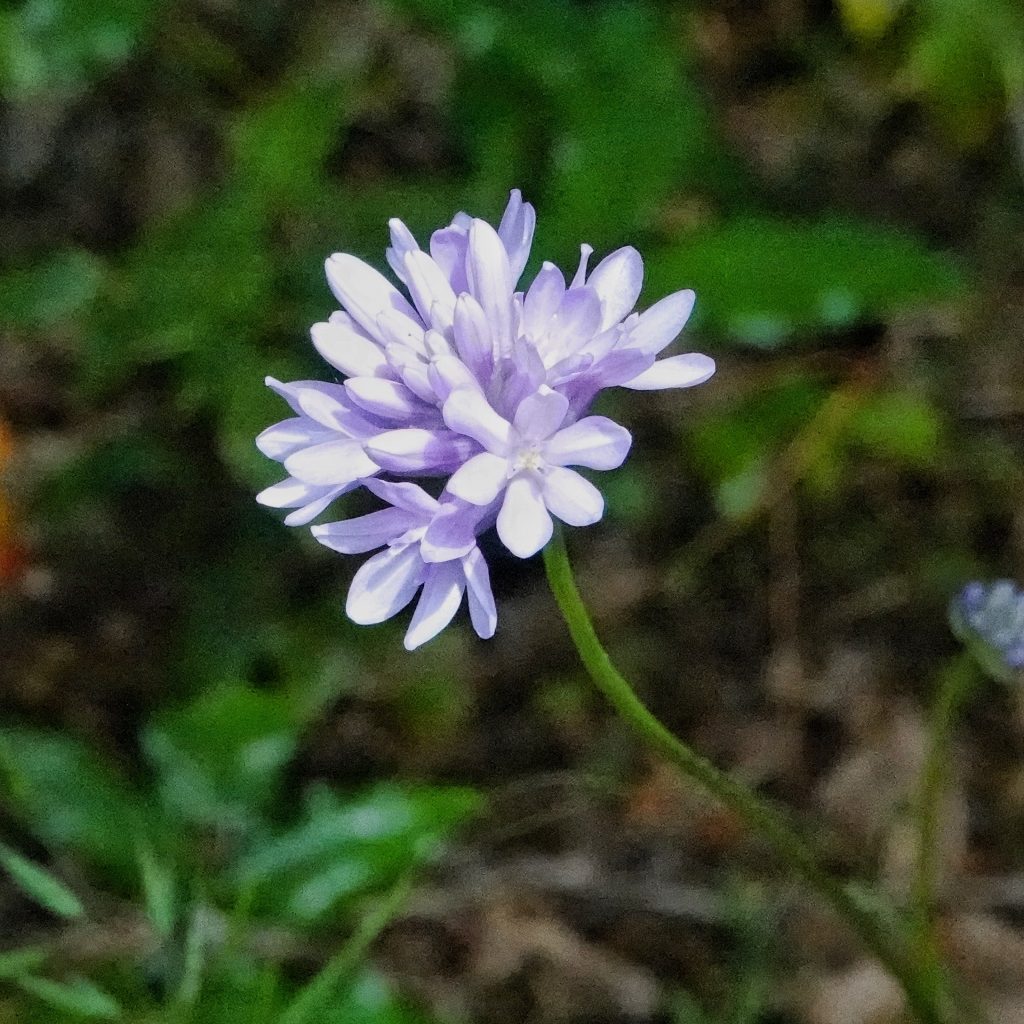
Reproductive timing– Blooms March-June, depending on elevation and latitude
Etymology of names– Dichelostemma is from the “…Greek dichelos, split hoof, and stemma, crown or garland, alluding to the bifid perianth appendages that form a corona”. Dichelostemma – FNA. The specific epithet congestum is from the Latin word for ‘collected’, and alludes to the density of the flower head. In ‘Wild Flowers of the Pacific Coast’, Haskin states that the name ookow comes from a Native American word for these plants, but he doesn’t specify which language it comes from.

Eaten by– “Nectar: Western Tiger Swallowtail, Pale Swallowtail, Two-tailed Swallowtail, Anise Swallowtail, Pipevine Swallowtail (fq), Painted Lady, Common Ringlets, Unsilvered Fritillary, Propertius Duskywing, Northern Cloudywing, Mournful Duskywing, Common Checkered-Skipper, Skippers.” https://www.cnps scv.org/images/handouts/CaliforniaPlantsforLepidoptera2014.pdf ; it is said to be attractive to bees and other pollinators; other than this I can find no information on what animals eat this plant.
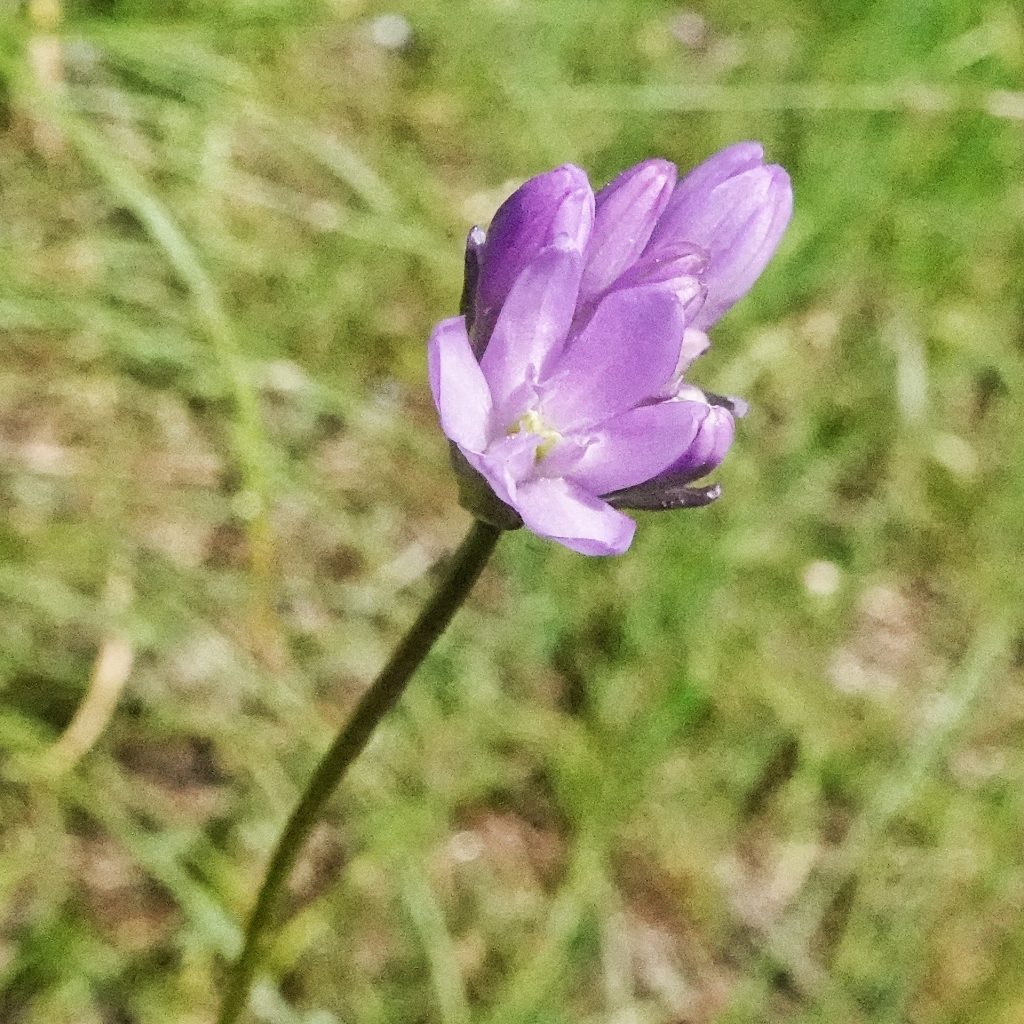
https://www.jstor.org/stable/2420948
http://classic.plantid.net/LinkArticles/Blue%20Dicks%20vs%20Ookow.htm
OregonFlora Dichelostemma congestum
Dichelostemma congestum – Burke Herbarium Image Collection
https://academic.oup.com/bioscience/article/69/9/689/5551511
https://www.cnps-scv.org/images/handouts/CaliforniaPlantsforLepidoptera2014.pdf
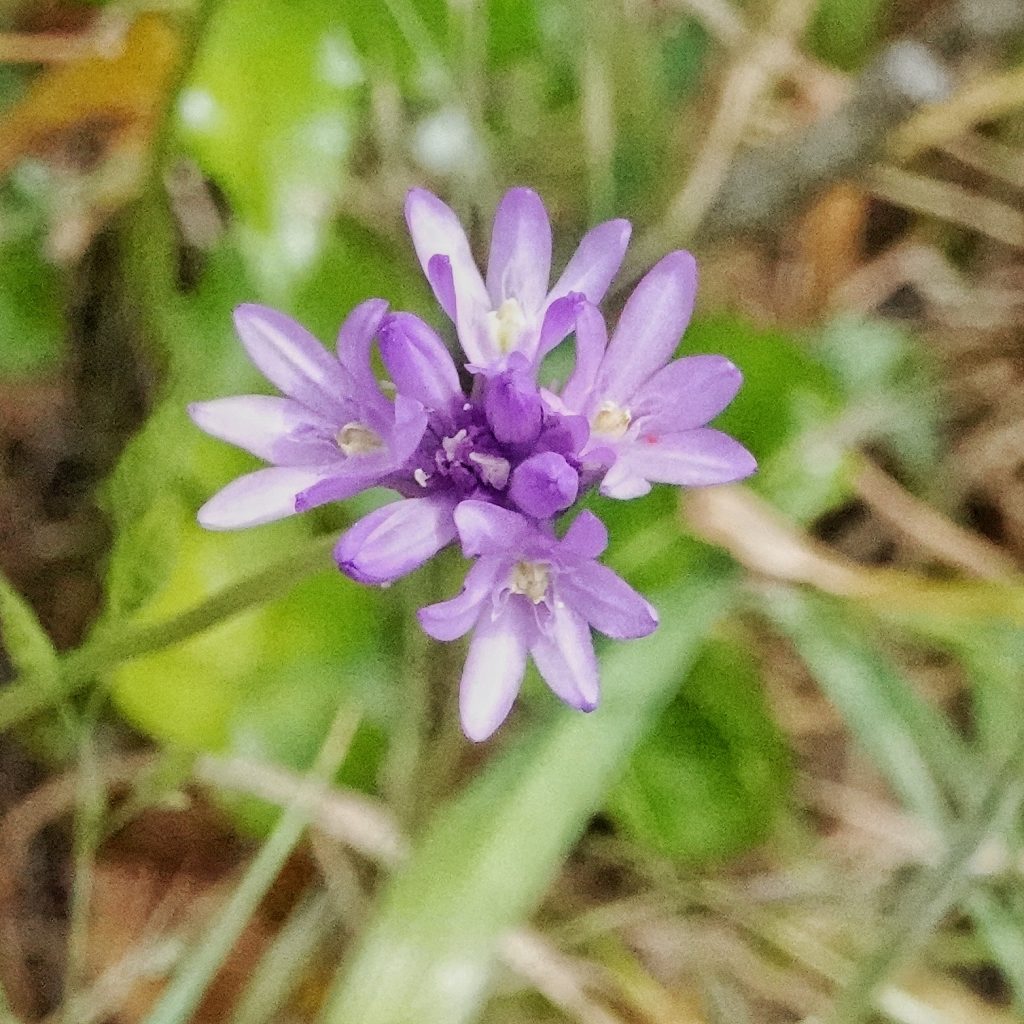
It’s such a special treat to see these.
I agree, Caroline!